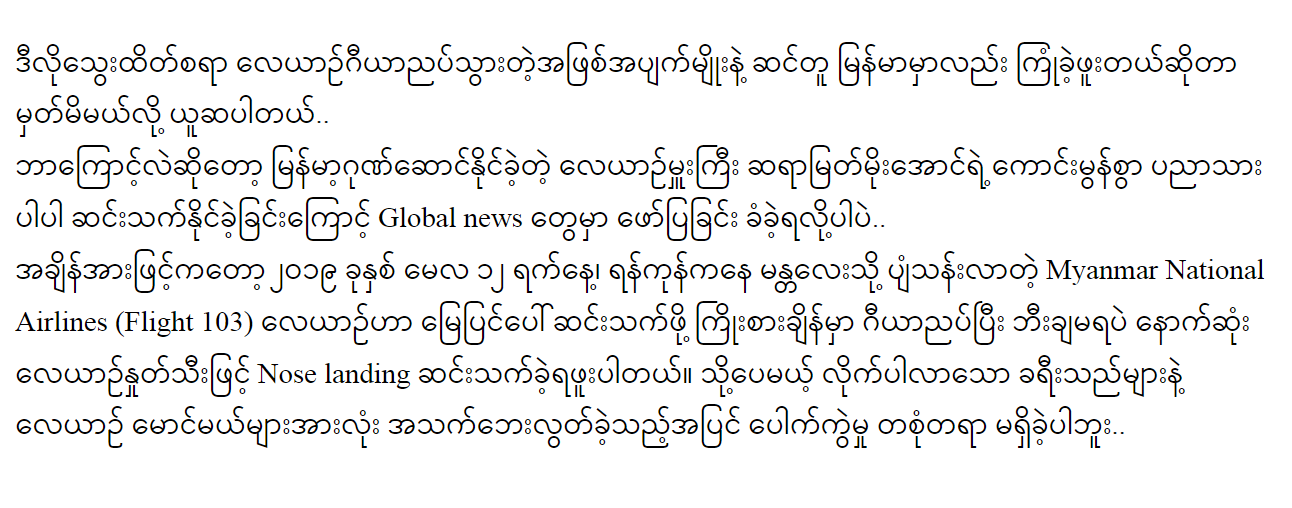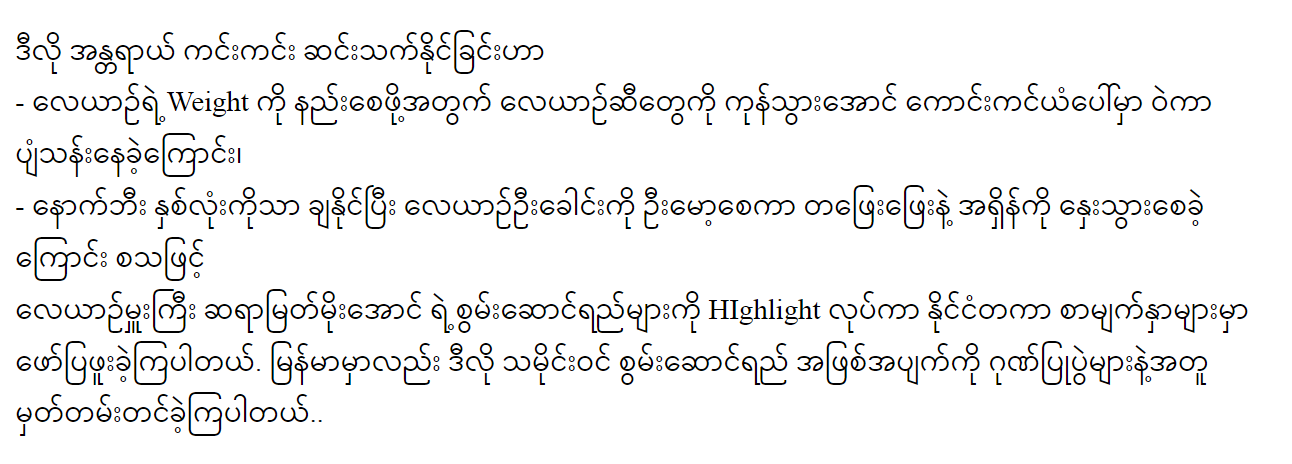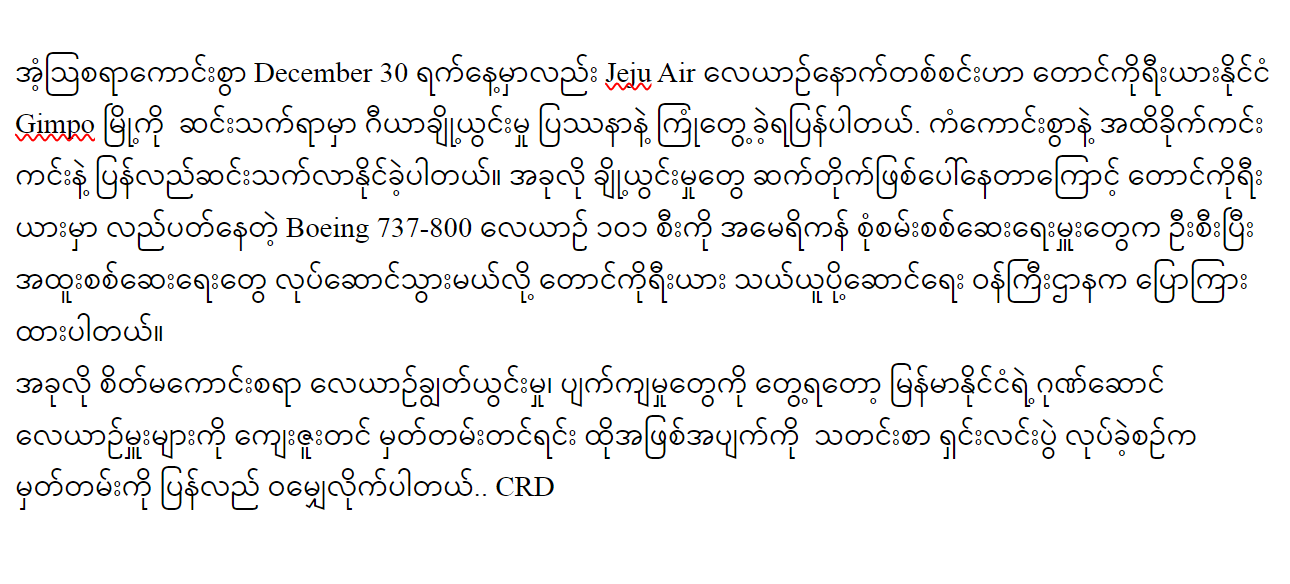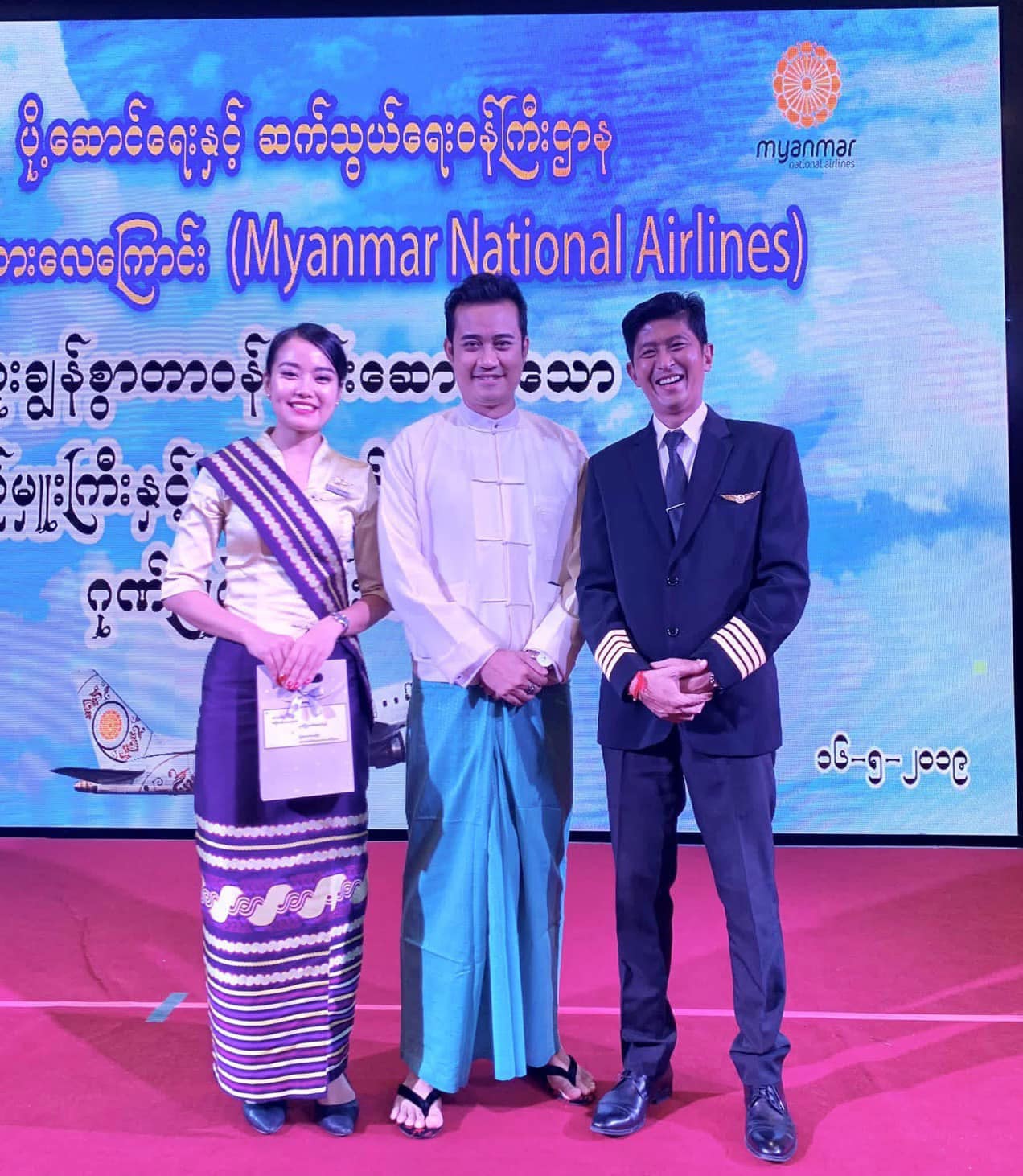







Asia, the largest and most different mainland, is a treasure trove of artistic heritage, and its traditional costumes are a pictorial expression of this rich shade. Each country and region boasts unique vesture, reflecting its history, climate, religion, and societal values. Let’s embark on a trip across Asia to explore some of its most iconic costumes, unraveling the stories and traditions woven into their fabric.
East Asia Elegance and Symbolism
Japan The Kimono
The jumper, a symbol of Japanese culture, is famed for its elegant simplicity and intricate designs. Traditionally made from silk, kirtles feature patterns that frequently reflect the seasons or auspicious symbols. Worn for observances, tea rituals, and carnivals, the jumper represents grace and refinement.
China The Cheongsam and Hanfu
China’s traditional vesture varies extensively, but the cheongsam and hanfu stand out. The cheongsam, also known as qipao, is a body- hugging dress vulgarized in the 20th century. The hanfu, with flowing blankets and wide sleeves, dates back thousands of times and is seeing a ultramodern rejuvenescence among Chinese youth who embrace traditional culture.
Korea The Hanbok
The hanbok, characterized by its vibrant colors and simple lines, is a chief of Korean heritage. Worn on special occasions similar as marriages and leaves, the hanbok’s design emphasizes balance and harmony, reflecting the Confucian values deeply embedded in Korean society.
South Asia Vibrance and Variety
India The Sari and Sherwani
India’s sari, a long, unstitched piece of cloth draped in colorful styles, epitomizes versatility and fineness. Paired with a blouse and petticoat, it’s worn daily and on special occasions. For men, the sherwani, a long fleece- suchlike garment, exudes regality and is frequently adorned with intricate embroidery.
Sri Lanka The Kandyan Sari
The Kandyan sari, a variation of the traditional Indian sari, is unique to Sri Lanka. Distinguished by its draping style and the objectification of a jacket, it’s worn for marriages and artistic observances, emblematizing the islet’s rich heritage.
Pakistan The Shalwar Kameez
The shalwar kameez, a combination of a long tunic and baggy trousers, is the public dress of Pakistan. Comfortable yet elegant, it’s embraced by men and women likewise, with variations in embroidery and fabrics for formal occasions.
Southeast Asia Light and Breezy Fabrics
Thailand The Chut Thai
Chut Thai, meaning “ Thai outfit, ” is a traditional dress that varies across regions. Women’s vesture frequently includes a silk blouse and a sarong- suchlike skirt, while men wear a analogous serape – style garment. It reflects Thailand’s tropical climate and Buddhist influences.
Vietnam The Áo Dài
The áo dài is a long tunic worn over trousers, known for its fitted figure and high gashes. It’s a symbol of Vietnamese grace and feminity, frequently worn for marriages, academy uniforms, and artistic carnivals.
Indonesia The Kebaya and Batik
The kebaya, a blouse- dress combination, is paired with batik skirts featuring intricate patterns. Batik, a traditional fabric- making fashion, involves wax- repel dyeing and is a proud part of Indonesian heritage, honored by UNESCO as a Masterpiece of Oral and Impalpable Heritage.
Central and Northern Asia Rugged and flexible
Mongolia The Deel
The deel, a long, mask- suchlike garment, is a chief of Mongolian traditional wear and tear. Designed to repel harsh climates, it’s made from thick fabrics and secured with a girdle. The deel reflects Mongolia’s vagrant life and practical imagination.
Kazakhstan The Chapan
The chapan, a quilted fleece, is a common traditional vesture in Kazakhstan and other Central Asian countries. frequently decorated with intricate embroidery, it combines functionality with beauty, suited to the region’s cold layoffs.
The heritage of Asian Costumes
Traditional costumes in Asia are further than just apparel they’re living vestiges that tell stories of identity, history, and art. As ultramodern fashion evolves, these garments continue to inspire contrivers and allure the world with their dateless beauty. By celebrating and conserving these traditions, we recognize the different artistic heritage that makes Asia so uniquely vibrant.